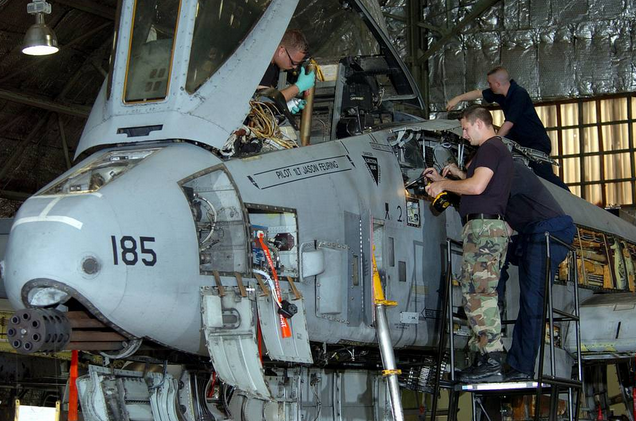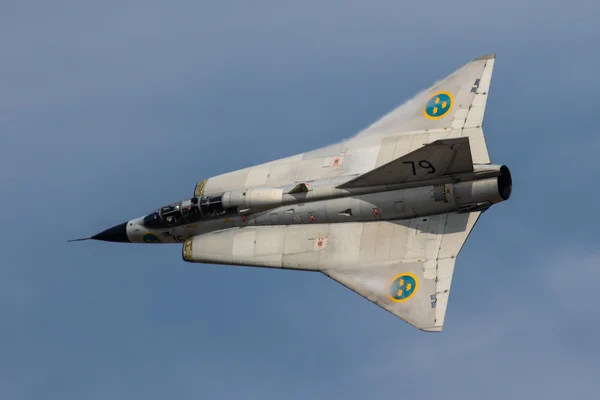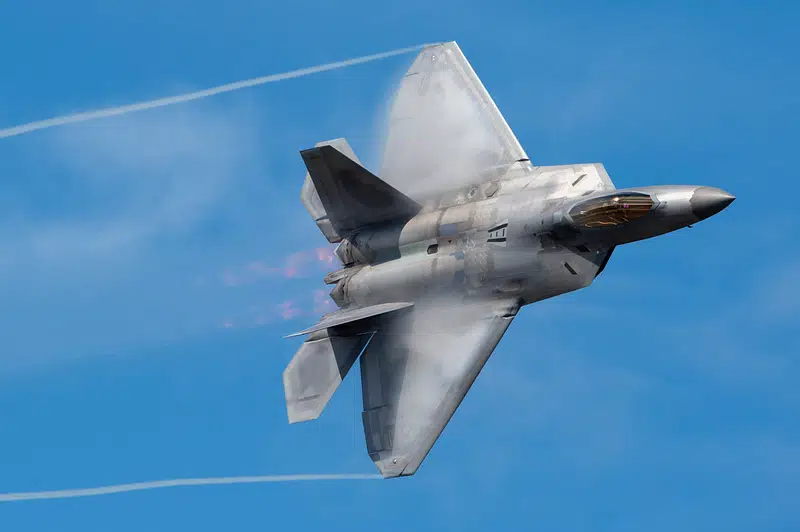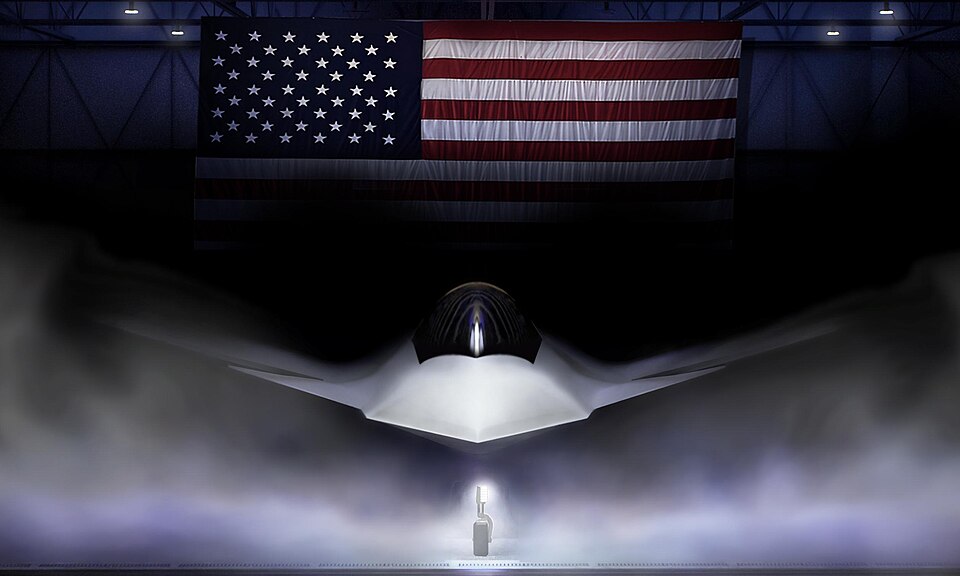
“All good things must come to an end.” For the U.S. Navy’s F/A-18E/F Super Hornet, that end is now visible on the horizon. After over two decades as the backbone of carrier air wings-from real-world combat over Iraq and Syria to Hollywood’s “Top Gun: Maverick”-the aircraft’s production line is closing, and its retirement is slated for the 2040s. The transition comes when China and Russia are fielding advanced stealth fighters, and the Navy faces the challenge of maintaining air dominance in an increasingly contested battlespace.
The Navy’s answer is a two-pronged approach: lean harder on the F-35C Lightning II despite its ongoing technical hurdles, and accelerate the development of the sixth-generation F/A-XX. This high-stakes shift is not only about replacing an airframe, but also about redefining carrier-based air power for the next three decades.
What follows are nine key developments shaping this transition, from the operational legacy and maintenance struggles of the Super Hornet to the strategic, industrial, and geopolitical forces driving the F/A-XX program.

1. The Super Hornet’s Combat Legacy
Since achieving initial operational capability in 2001, the F/A-18E/F Super Hornet has served as the Navy’s primary strike fighter. It has flown in both air-to-air and air-to-ground roles, and notably scored the only manned air-to-air kill by a U.S. pilot in the 21st century Lt. Cmdr. Michael “M.O.B.” Tremel’s downing of a Syrian Su-22 in 2018. Beyond combat, it became a cultural icon through its starring role in “Top Gun: Maverick,” reinforcing its image as a versatile and dependable workhorse.
Yet the aircraft’s design, mired in 4.5-generation technology, lacks the full stealth capabilities now necessary against peer adversaries. And even the Block III upgrade with reduced radar cross-section treatments cannot match the survivability of fifth-generation fighters in high-threat environments.

2. Production Wind-Down and Final Orders
Boeing will stop building the Super Hornet at the completion of a $1.3 billion Navy contract for 17 new jets; those are expected to be delivered by spring 2027. That agreement came after hard-fought discussions over technical data rights, which will give the Navy more freedom in sustaining the planes over the long term. Boeing will ramp down production from two to 1.5 aircraft a month as it moves its St. Louis workforce to other programs such as the F-15EX, T-7A trainer, and MQ-25 refueling drone.
According to Mark Sears, Boeing’s vice president for fighters, “slowing down can be just as hard as speeding up” production, and the challenges in line closure management leave little room for error to avoid delivery gaps.

3. Maintenance and Availability Challenges
A Congressional Budget Office report has determined that the Super Hornets have generally had lower availability rates than the earlier F/A-18C/D Hornets at equivalent ages. After a decade in service, Super Hornets averaged about 41% availability compared with 59% for Hornets. Contributing factors include greater galvanic corrosion from composite metals and stresses from carrier operations.
Though the gap has been narrowing in recent years, the long-term reliability of the platform remains a concern. The Navy will likely have to invest in redesigned parts and augmented maintenance resources to sustain the fleet until retirement.

4. Growing Menace of Chinese Stealth Fighters
Now flight-tested from the Type 003 Fujian carrier, China’s Shenyang J-35 is hailed by state media for having a radar cross-section less than that of a human palm, approaching F-35 levels of low observability. Along with the Chengdu J-20, these platforms represent a significant leap in Beijing’s carrier aviation capabilities.
Even if these stealth claims are only partially correct, the rapid tempo of Chinese modernization is unmistakable. The potential for mass production dozens of J-35s annually means China could field multiple stealth-equipped carrier air wings within a decade.

5. The F-35C’s Expanding Role
As the Navy phases out the Super Hornet, it will increasingly rely on the F-35C Lightning II. Planning has been complicated, though, by delays in delivering that aircraft and technical challenges to declaring full operational capability. The Navy currently operates far fewer F-35Cs than Super Hornets, making one-forone replacement impracticable in the near term.
Still, the F-35C provides capabilities against which the Super Hornet does not have any comparable advantages, such as sensor fusion, advanced electronic warfare, and true stealth. As Joe Hindy of SlashGear aptly pointed out, “The F-35B does what the Harrier II and Hornet do, but better,” and that’s equally true for the carrier-optimized C variant.

6. The F/A-XX: Sixth-Generation Ambitions
The Navy’s F/A-XX program, meant to replace the Super Hornet and EA-18G Growler in the 2030s, will be operating alongside the F-35C. Program details thus far indicate it will focus on increased stealth, range, and speed, with a main strike mission and secondary air superiority mission.
Boeing and Northrop Grumman are left after Lockheed Martin went out, and a contract award may not be far away, possibly setting in place an enduring generation of Navy air wings.

7. Cost and Design Philosophy
Where the Air Force’s NGAD could cost upwards of $300 million per aircraft, the Navy is taking a far more measured and “practical” approach. As it focuses on more derivative-type adaptive engines, the F/A-XX aims to avoid the delays and cost overruns that plagued the F-35’s multi-service design while staying on schedule and within budget.
The fiscal constraints are very real: the Navy’s FY2025 budget cut the projected spending on F/A-XX by 67 percent through 2028, from $10.3 billion to $3.3 billion. This places a premium on disciplined program management and avoiding the acquisition “valley of death.”

8. Industrial and Strategic Stakes
For Boeing, the award of F/A-XX would lock in the company as the Pentagon’s strike fighter supplier of choice – both for the Air Force and Navy sixth-gen jets – following its F-47 NGAD win. For Northrop Grumman, it would represent the first time the company has served as a prime contractor for a U.S. strike fighter since the F-14 Tomcat.
The result will mold not only air combat abilities of the Navy but the competitive landscape of the U.S. defense aerospace industry as well for decades.

9. Beyond Technology: The Pilot Factor
While China’s stealth aircraft are rapidly advancing, the pilot training pipeline remains a limiting factor. The PLAAF graduates roughly 400 new pilots annually, far fewer than the U.S. Air Force’s 1,350. Limited access to high-end training ranges and a lack of combat experience further constrain operational effectiveness.
This disparity means that even as adversaries close the gap in hardware, U.S. naval aviators retain a qualitative edge built on decades of combat operations and advanced training infrastructure.
The retirement of the Super Hornet represents more than the end of an aircraft’s service-it signals a generational shift in carrier aviation. The F/A-XX program, informed by hard-won lessons from past acquisitions and driven by the urgency of great power competition, will determine whether the Navy can retain its advantage in the face of rapidly modernizing adversaries. Success hinges on not just stealth and speed, but also on disciplined execution, industrial resilience, and the continued superiority of the aviators flying these aircraft.


